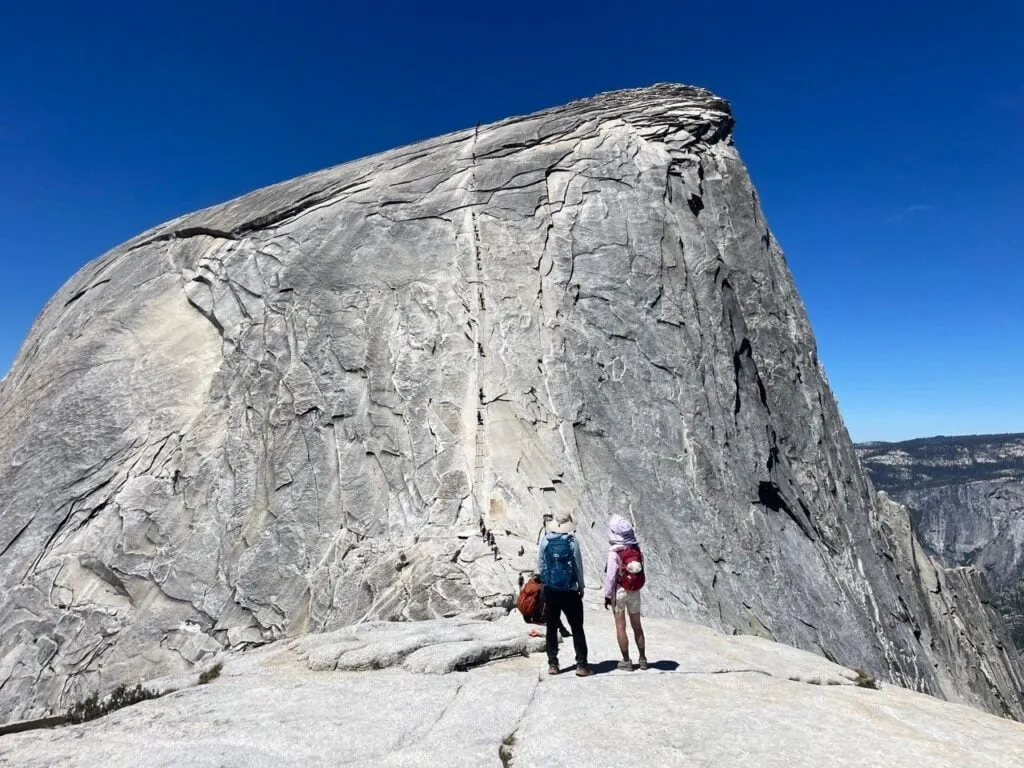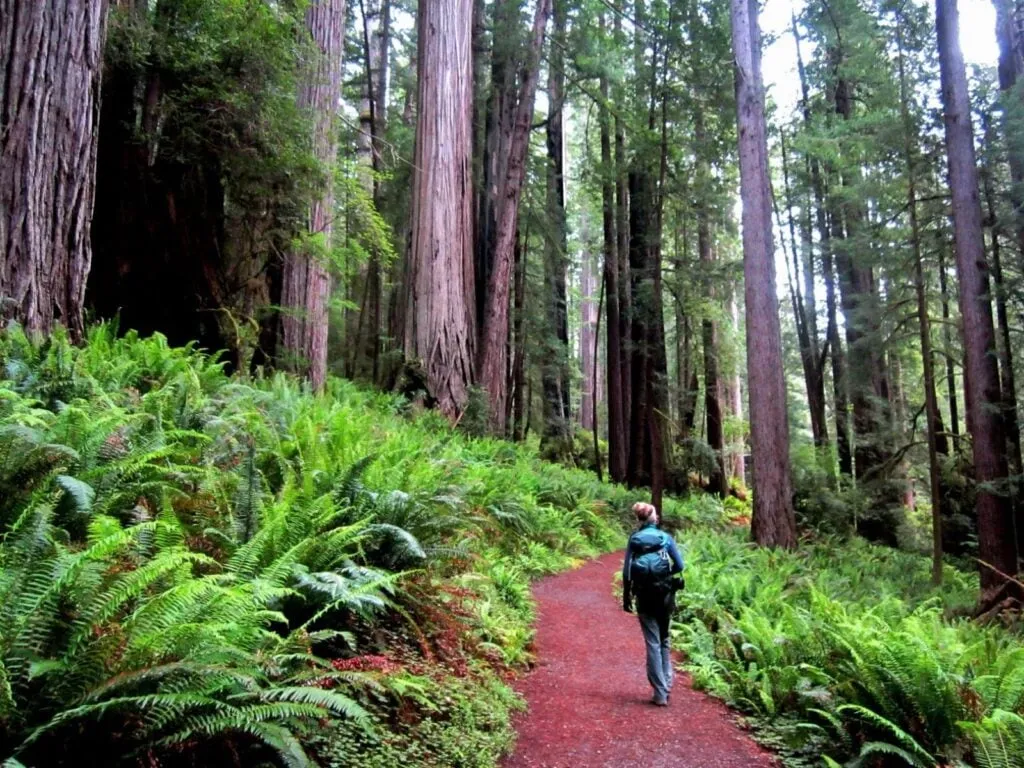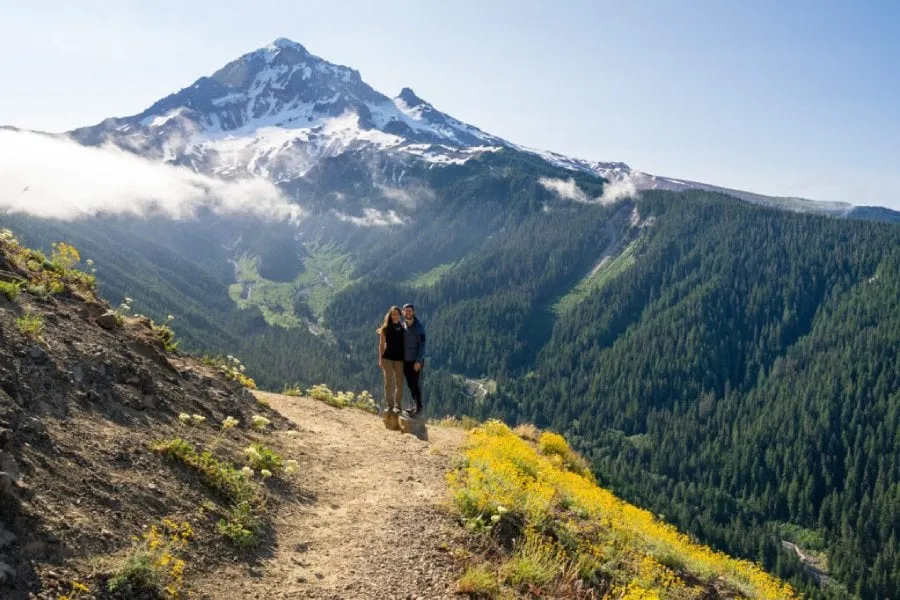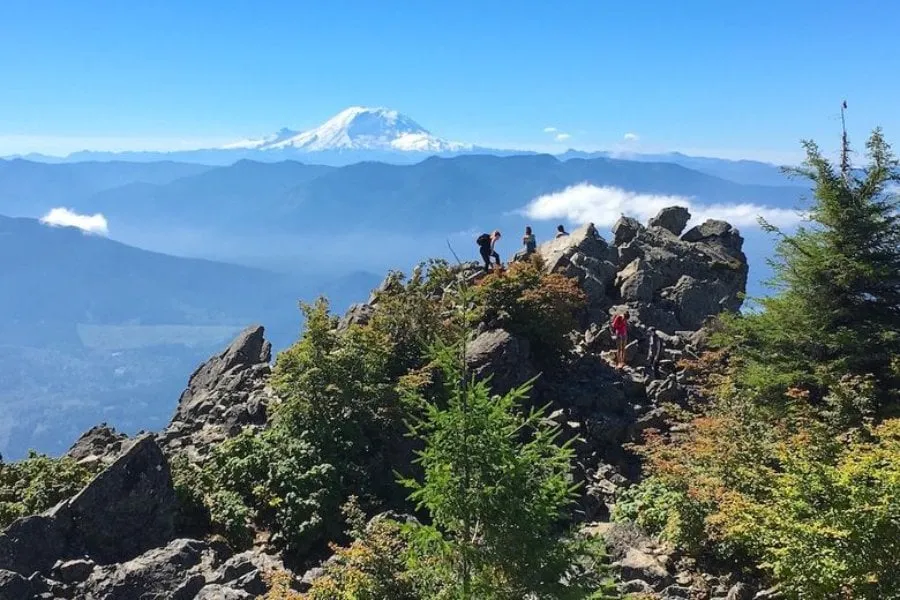Northern Vietnam, a region of majestic mountains, sprawling terraced fields, and rich cultural identity, has long been a dream destination for travel and exploration enthusiasts. Renowned not only for its stunning natural landscapes, Northern Vietnam is also a trekking paradise with countless beautiful trails, leading travelers to hidden villages in the mist, conquering towering peaks, and discovering unspoiled, magnificent beauty.
If you are passionate about trekking and seeking new challenges and memorable experiences in Northern Vietnam, join “Du lịch khắp thế gian” (Travel the World) to explore the most exciting trekking routes, where you can immerse yourself in nature, improve your health, and discover the diverse beauty of this land.
Discover Sapa – Where Nature Meets Indigenous Culture
Sapa, a misty town nestled amidst the叠 mountains of Lao Cai province, is one of the most famous trekking destinations in Northern Vietnam. With a cool climate year-round, Sapa boasts magnificent terraced fields, unique ethnic minority villages, and Fansipan Peak – the Roof of Indochina.
1. Conquer Fansipan Peak – The Majestic Roof of Indochina

Fansipan, the highest mountain in Indochina at 3,143 meters, is a challenging yet rewarding adventure for professional trekkers. To conquer Fansipan peak, you can choose from various routes, from familiar trails to more pristine and rugged paths.
Popular trekking routes:
- Starting from Tram Ton: This is the most popular route, about 11-12km long, with an average trekking time of 2-3 days. This route has a moderate slope, passing through beautiful bamboo forests, pine forests, and rhododendron forests.
- Starting from Cat Cat: This route is longer, about 18-20km, suitable for experienced trekkers who want to explore more pristine nature. The route passes through Cat Cat village, Sin Chai village, and many majestic landscapes.
Experience on Fansipan Peak:
Upon successfully conquering Fansipan Peak, you will be rewarded with breathtaking natural scenery. Standing on the Roof of Indochina, you can overlook the panoramic view of Sapa shrouded in mist, the majestic Hoang Lien Son mountain range, and the floating sea of clouds.
Notes when trekking Fansipan:
- Ideal time: The dry season (from September to April of the following year) is the best time to trek Fansipan, when the weather is dry, with little rain and good visibility.
- Preparation: Specialized trekking shoes, warm clothes, raincoat, trekking poles, drinking water, snacks, sunscreen, hat, sunglasses, and personal medication.
- Hire a porter: If you do not have trekking experience or carry a lot of luggage, you should hire a porter for support.
- Permit: It is necessary to obtain a Fansipan trekking permit from the Hoang Lien Son National Park Management Board.
2. Cat Cat Village – Immerse Yourself in H’Mong Culture

Cat Cat Village, an ancient village of the H’Mong people located near the center of Sapa town, is a gentle and interesting trekking spot. The road to Cat Cat village has been concreted, making it easy to walk and suitable for all types of visitors.
Explore Cat Cat Village:
Walking along the trail leading down to Cat Cat village, you will admire the traditional wooden stilt houses of the H’Mong people, the slow-turning water wheels by the stream, and the lush green terraced fields. You can also learn about brocade weaving, silver carving, and other traditional handicrafts of the local people.
Cat Cat Waterfall:
The highlight of Cat Cat village is Cat Cat Waterfall, also known as Tien Sa Waterfall, a beautiful and poetic waterfall. You can stop to rest, take photos, and enjoy the fresh air by the waterfall.
Notes when trekking Cat Cat Village:
- Ideal time: Cat Cat Village is beautiful all year round, but spring (February-April) and autumn (September-November) are the best times to visit.
- Dress code: You should wear comfortable walking shoes and weather-appropriate clothing.
- Respect culture: When visiting Cat Cat village, please respect the culture and customs of the local people.
Ha Giang – The Happiness Route and Memorable Adventures
Ha Giang, the northernmost land of Vietnam, is famous for its towering limestone mountains, deep ravines, and winding, dangerous mountain passes. Ha Giang is not only an attractive destination for backpackers but also a trekking paradise with unique trails, offering unforgettable experiences.
3. Lung Cu Flagpole – The Northernmost Point of the Fatherland

Lung Cu Flagpole, the northernmost point of Vietnam, is a sacred and meaningful place. To reach Lung Cu Flagpole, you will have to overcome a short but challenging trekking route, climbing steep stone steps.
Experience at Lung Cu Flagpole:
Standing on top of Lung Cu Flagpole, you will feel proud and emotional when you see the national flag fluttering in the wind. From here, you can overlook the panoramic view of the majestic border region, the jagged cat-ear mountains, and remote villages.
Notes when trekking Lung Cu Flagpole:
- Health: You need to be in good health to climb Lung Cu Flagpole because the road is quite steep.
- Dress code: You should wear comfortable shoes suitable for climbing and modest, polite clothing.
- Time: You should visit Lung Cu Flagpole in the early morning or late afternoon to avoid the heat of the sun.
4. Ma Pi Leng Pass – Vietnam’s Premier Scenic Wonder

Ma Pi Leng Pass, one of the “four great passes” of Vietnam, is famous for its majestic and dangerous beauty. To conquer Ma Pi Leng Pass, you can choose to travel by motorbike or trekking. Trekking Ma Pi Leng Pass is a challenging but extremely rewarding experience.
Ma Pi Leng trekking route:
The Ma Pi Leng trekking route usually starts from Dong Van town and lasts about 20-30km, depending on the route you choose. The route passes through towering cliffs, dangerous hairpin bends, and ethnic minority villages.
Tu San Canyon:
An unmissable highlight when trekking Ma Pi Leng is Tu San Canyon, the deepest canyon in Southeast Asia. You can take a boat trip on the Nho Que River to admire the majestic beauty of the canyon from below or trek down to the canyon to explore hidden caves and waterfalls.
Notes when trekking Ma Pi Leng Pass:
- Experience: The Ma Pi Leng trekking route is quite difficult and dangerous, only suitable for experienced trekkers in good health.
- Hire a guide: You should hire a local guide to ensure safety and get more information about the route.
- Preparation: Specialized trekking shoes, warm clothes, raincoat, trekking poles, drinking water, snacks, map, and GPS device.
Cao Bang – The Pristine Beauty of Northeast Mountains and Forests
Cao Bang, a mountainous province in Northeastern Vietnam, is famous for the majestic Ban Gioc Waterfall, the poetic Ba Be Lake, and historical revolutionary sites. Cao Bang is also a potential trekking destination with trails through forests, over mountains, exploring Tay, Nung, and Dao ethnic villages.
5. Ba Be National Park – The Largest Natural Freshwater Lake in Vietnam

Ba Be National Park, with Ba Be Lake as its center, is a vast nature reserve with a diverse and rich ecosystem. Trekking in Ba Be National Park is an opportunity for you to explore pristine forests, mysterious caves, and beautiful waterfalls.
Ba Be National Park trekking routes:
Ba Be National Park has many different trekking routes, suitable for various fitness levels. Some popular routes:
- Ba Be Lake discovery route: This route walks along the shore of Ba Be Lake, exploring famous tourist spots such as Fairy Pond (Ao Tien), Puong Cave, Dau Dang Waterfall.
- Cross-forest trekking route: This route goes deep into the national forest, exploring pristine forests, caves, and lesser-known waterfalls.
- Pac Ngoi village trekking route: This route leads to Pac Ngoi village, a Tay village located on the shore of Ba Be Lake, where you can learn about the culture and life of the local people.
Notes when trekking Ba Be National Park:
- Permit: You need to buy an entrance ticket and obtain a trekking permit from the Ba Be National Park Management Board.
- Hire a boat: To explore Ba Be Lake, you can rent a motorboat or kayak.
- Bring swimwear: If you want to swim in Ba Be Lake, bring swimwear and a towel.
Conclusion
Northern Vietnam is a trekking paradise with countless beautiful and diverse trails. From towering peaks to hidden villages in the mist, from lush green terraced fields to pristine primeval forests, each trekking route offers unique and memorable experiences.
Prepare your luggage and plan your trekking trip to Northern Vietnam today to discover the magnificent natural beauty, experience unique indigenous culture, and challenge your limits on these wonderful trails. “Du lịch khắp thế gian” (Travel the World) is always with you on every journey of discovery!